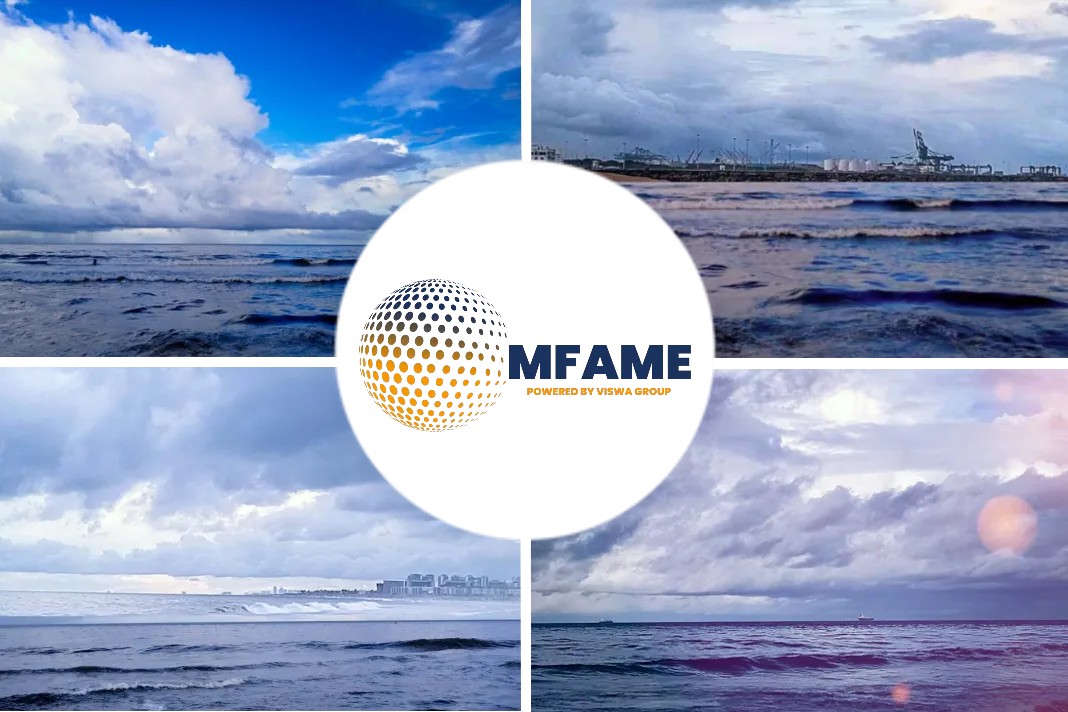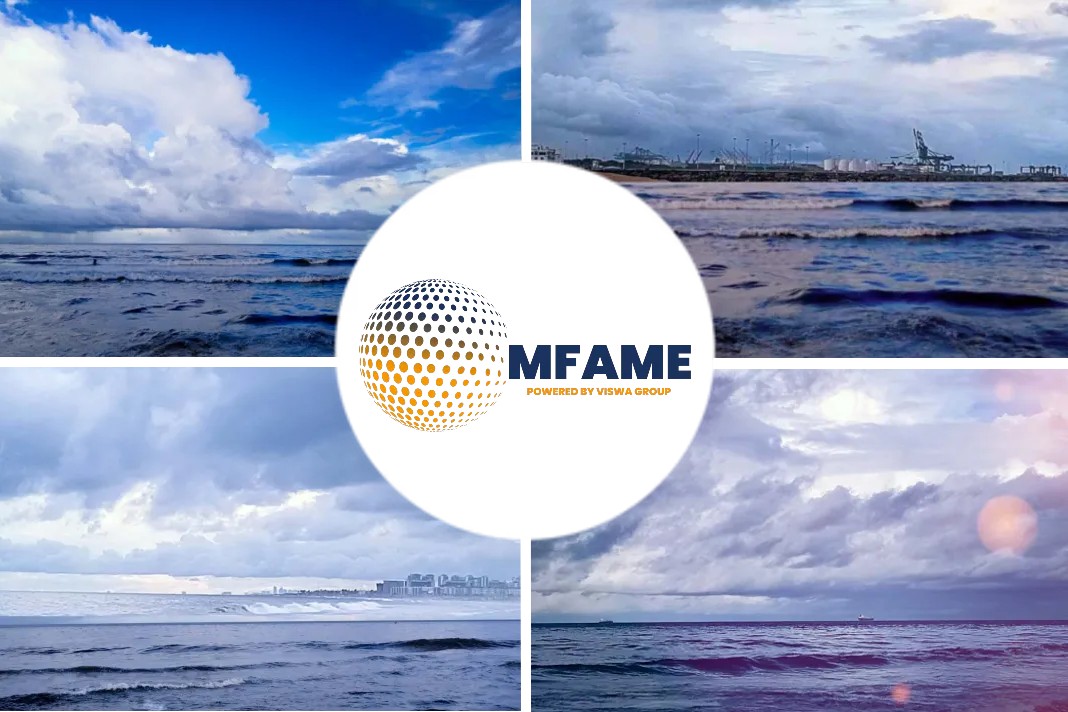- Denmark is the world’s sixth largest nation in terms of operated tonnage.
- Thirteenth largest when measured by vessels registered to operate under its flag.
- Denmark continues attract shipowners and operators keen to avail themselves of Danish expertise.
- Danish Shipping has published its own four-year strategy titled ‘Ahead of the Curve’ – a series of targets to be achieved by the end of 2021.
According to an article published in the Royal Institution of Naval Architects, for a country with a long, proud maritime heritage, it seems a little absurd that for many it has become synonymous with just one company, Maersk, even if it is the world’s largest container and supply vessel operator.
Denmark attracts customers
Anne H. Steffensen, Director General and CEO of Danish Shipping, the national trade association which represents more than 40 shipowners, says it’s important to remember that shipping is one of the business sectors in the Danish economy. “Two thirds of all our activities are outside the EU. Our biggest markets are China and the US but also other areas such as Africa, where more than 10% of our activities are related, including container services, tankers and bulk. We are also the biggest export sector in Denmark, accounting for 20% of goods and services.”
Advance in prospects
This year has seen the launch of two reports intended to further advance the prospects of the Danish maritime industry. Firstly, Danish Shipping published its own four- year strategy – entitled ‘Ahead of the Curve’ – which outlines a series of targets to be achieved by the end of 2021. These include:
- Achieving 10% growth in both the total numbe of Danish-flagged vessels and the overall gross tonnage.
- Retaining the number of Danish employees at sea. The present total stands at 7,640 Danish seafarers.
- Increase to 7,000 shipping-related jobs ashore from its last calculation of 6,237.
- Develop a ‘toolbox’ of means to ensure effective enforcement of global sulphur cap regulation from 2020.
- Collaborate with stakeholders in implementing new IMO regulatory requirements.
Coinciding with this, Denmark’s Ministry of Industry, Business and Financial Affairs published its own Maritime Denmark report, an all-encompassing vision of how Danish Shipping needed to make the country a maritime ‘power hub’ between now and 2025, placing the Danish- flagged fleet into the wider context of its expertise in maritime products and services.
Framework conditions
The Maritime Denmark report notes that Denmark is part of a growing number of emerging economies which view the shipping industry as a major growth driver, and that Danish companies must therefore be given a framework that allows them to compete on equal terms.
Danish shipping has long benefited from strong political and environmental backing, not to mention the country’s political stability. But the changing international economic landscape, with declining growth and the rise in protectionism signified by Brexit and the Trump presidency, are introducing new pressures.
Denmark’s strategic position
The report notes that: “Denmark’s position as a global flag state is crucial to the weight and influence [it] carries in the forums where international agreements and regulations are negotiated,” and needs to be safeguarded in maintaining its clout in determining the maritime agenda. In certain respects though this stance is nothing new; Denmark first introduced an incentivising tonnage tax scheme (whereby tax is determined by the net tonnage of a company’s entire operational fleet) in 2002, and the latest strategy builds upon earlier growth plans in 2006 and 2012.
Significantly though, the new plan marks the Danish Maritime Authority’s abolition of the registration and mortgage fees for operating under the Danish flag (one thousandth of the value of the ship or its mortgage) and the eliminating of some technical requirements, such as the curious and cost-prohibitive obligation that vessels joining the Danish registry from another flag must be equipped with an onboard swimming pool.
Maritime engineer scheme
Many of the ideas are designed to ensure Danish companies are not caught out in a changing marketplace. Among the options to be explored, Danish Government says that it will seek to initiate a dialogue with the European Commission about a ‘maritime engineer scheme’, which might see tax exemptions extended to service engineers performing services while a vessel is in operation and falls within the remit of the EU’s rules on state subsidies.
Digitisation
Denmark was one of the first countries to embrace electronic certification in 2016 and Steffensen says that digitalisation and the exploration of new technologies are also components of the growth plan.
The Maritime Denmark report notes the new opportunities being created by companies such as Amazon and Alibaba expanding their business into transport and logistics, and that ships are in the process of transforming from being ‘analogue units to digitised transport platforms’. In the context of marine engineering what this really means of course is increased ship-to- shore connectivity and more automated functions onboard the ships of the future. The report makes specific reference to autonomous technology and the need for Denmark to be at the forefront of its development, no doubt conscious of the significant progress its neighbours in Norway and Finland have already made with their own test centres. However, Steffensen stresses the focus will be on the use of autonomous technology within new business models, rather than for its own sake.
Future of unmanned vessels
He added, “I don’t think ‘autonomous vessels’ is entirely about looking into a future of completely unmanned vessels. I think there will be less people onboard but more conducting onshore operations vis-a-vis the vessel. We asked CEOs how much of a reduction they expect in seafarers in 10 years’ time and they estimated between 10-20%. They think autonomous ships may have better safety and lower emissions, and that ships can be maintained by robots. So the main point is not reducing the crewing costs but a lot of other reasons.”
This year also marked the launch of the ‘Disruptors Academy’, a four-day course that aims to keep Danish shipowners at the forefront of digital development and the latest technological trends, with seminars including Artificial Intelligence, robotics, 3D printing and the use of blockchain technology in maritime. Steffensen explains that one of the intentions behind it is about making sure smaller shipowners understand the new trends and technologies and how to bring them back into their companies as well as using them as a hook for attracting younger talent into the sector.
Knowledge hub
The Maritime Denmark report includes a vow to pledge DKK237m (approx. US$40 million) into new technology. Among the initiatives highlighted are ‘ShippingLab – Driving Future Maritime Innovation’, a non-profit innovation and project collaboration platform, which builds upon the community partnerships established by the earlier Blue INNOship scheme
The platform has been initiated by Danish Maritime (the association for Danish maritime equipment and ship manufacturers), Danish Shipping, consultancy group Force Technology, the Technical University of Denmark (DTU), the Danish Metalworkers Union and The Danish Maritime Association; a number of workshops have already been held and project ideas are being received during the first half of 2018, ahead of a formal application to the Danish Innovation Fund in August and projects commencing in January 2019.
DTU, in addition to spearheading the Green Ship of the Future network, is also part of a group consisting of the Copenhagen Business School, University of Southern Denmark, Aalborg University, Copenhagen University and others collectively known as the Maritime Research Alliance that will form a ‘critical mass’ of maritime educational research.
Sustainability
Like Norway, environmental responsibility is front and centre of Denmark’s shipping strategy. Danish Shipping’s strategy calls for concrete initiatives by which IMO can achieve CO2 reduction and Steffensen is adamant that this month’s meeting of the MEPC must yield meaningful results: “Shipping has to accept its responsibilities concerning the Paris Agreement otherwise there must be legitimate demands from the public and politicians. So it’s really important that in April we get a preliminary strategy on how the industry is going to reduce emissions.”
“We had a study made that if we peak in 2025 it will be possible to achieve a reduction of 50% by 2050… One of the big short-term measures being discussed is speed reductions but we think it would create market distortion. It’s not going to reward efficient ships and would create big problems for the ro-ro and ro-pax sectors.” Ship recycling is another significant concern. Despite Denmark being one of the few nations to have signed up for Hong Kong Convention it has still not entered into force, with many still waiting on the EU’s Ship Recycling Regulations to publish an expanded list of approved recycling facilities. Steffensen warns there is mounting concern given that the current facilities, which do not extend beyond Europe, only have capacity to recycle 12% of the vessels likely to be scrapped in the coming years, and that figure shrinks further when larger ships, which few scrapyards in Europe are capable of handling, are factored in.
It’s clear though that Denmark is determined to keep punching above its weight and prepared to push the agenda where other nations, perhaps less reliant on the maritime industry per se, seem more content to wait and see.
Did you subscribe to our daily newsletter?
It’s Free! Click here to Subscribe!





















